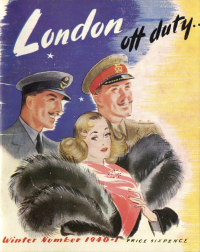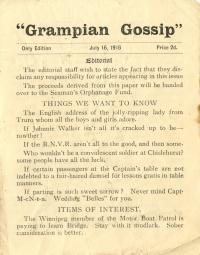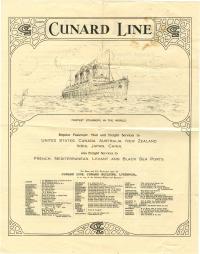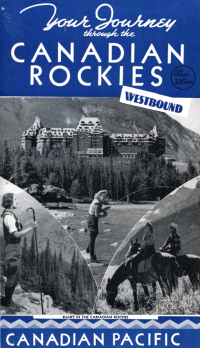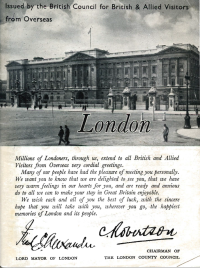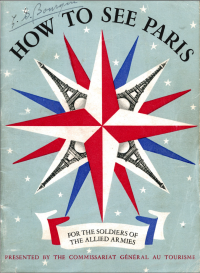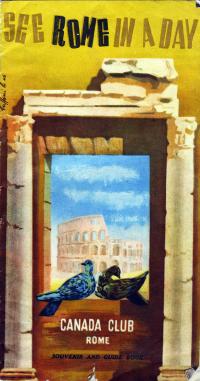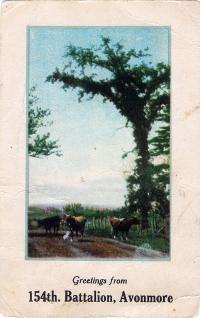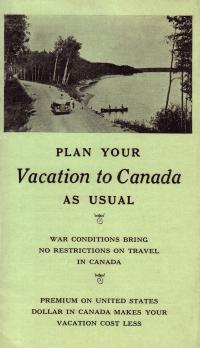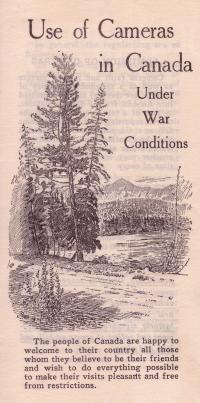Travel and Tourism
For the off-duty officer
During the Second World War, Morny, an up-scale pharmacy and parfumerie, published this tourist guide for Officers in His Majesty's Armed Forces and the Civil Defence Forces on leave in London. This one was probably acquired by a Canadian officer newly arrived in Britain.
"Grampian Gossip"
HMT Grampian was a steam ship owned by Allan Line Steam Ships Company and used as a troop carrier during the First World War. It carried Canadian troops to and from Europe, and at least one voyage produced this little shipboard newsletter.
The Cunard Bulletin
The Cunard Bulletin was a newspaper distributed aboard the vessels of the Cunard Line. This issue was published on the ship Carmania, and was likely picked up by a soldier on his return home to Canada for demobilization.
Your Journey through the Canadian Rockies: Westbound
During the war, Canada marketed itself to American tourists to try to attract American money to Canada. Come experience the rugged wilderness of Canada's Rockies, serviced by Canadian Pacific Rail, including stops at hotels, resorts, and attractions along the way!
Guide to London for Allied Visitors
This guidebook to London describes everything that London has to offer to allied visitors, even in the middle of the war, from museums, to underground railways, to theatres.
How to See Paris
This guidebook describes the monuments, architecture, and other tourist attractions of interest to Allied soldiers in Paris, after its liberation in WWII.
A soldier's guide to Rome
Prepared by the Canadian community in Rome, this guide was intended to ensure that Canadian servicemen and women on leave in the Eternal City saw all the important tourist sites.
Selling postcards to soldiers
Printing companies that had used templates to make "local" postcards for tourists found they could use the same templates during the First World War, substituting a unit name in place of the city.
Wartime vacation - business as usual
One way to help Canada's economy in the early years of the Second World War was to encourage American tourists to continue to come north and spend money - hence this pamphlet produced by the federal government.
Cameras and Photography
Photography was subject to government controls during the Second World War, for tourists and locals alike.

